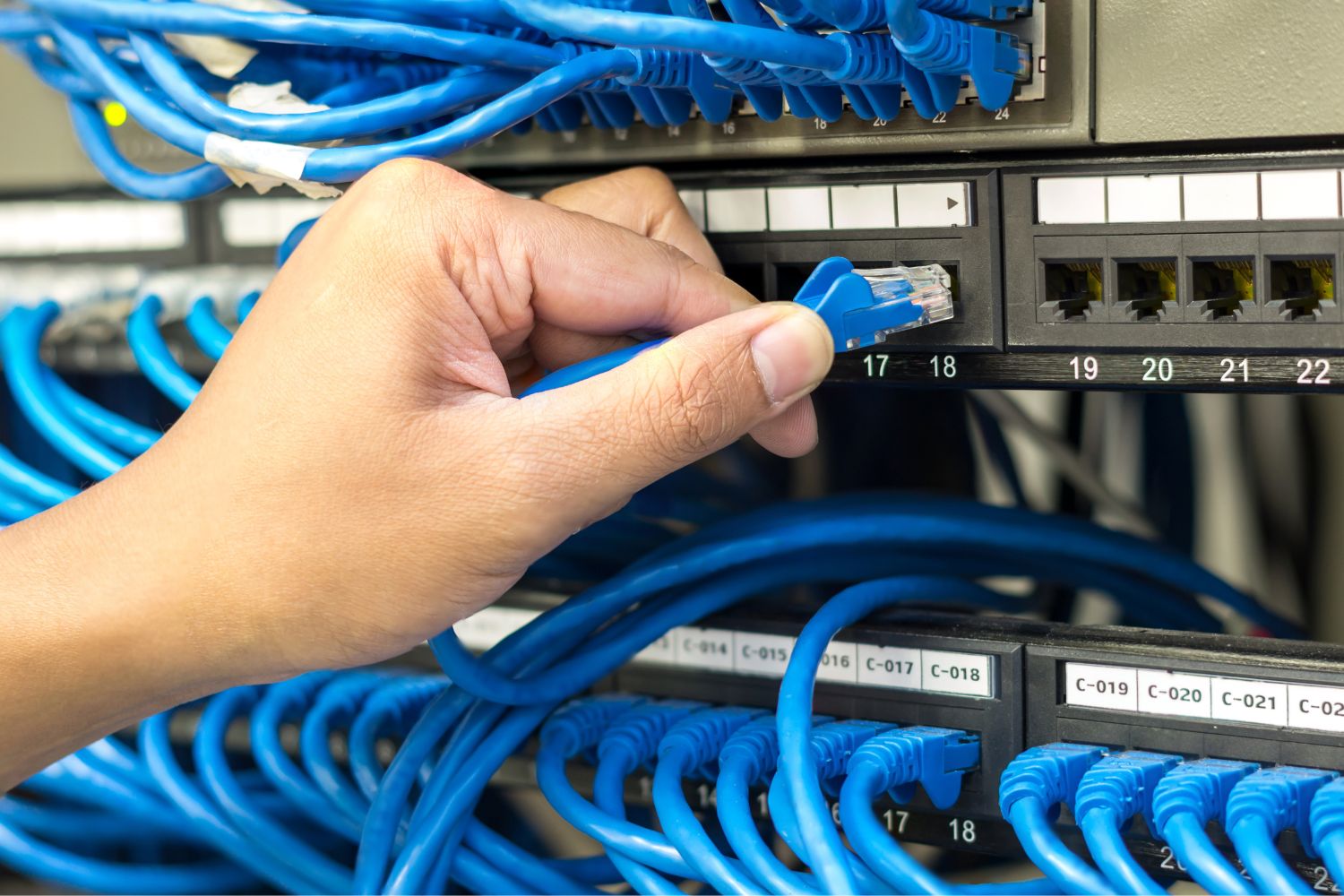Efficient network upkeep ensures every system performs consistently well. When maintenance becomes proactive, downtime reduces, and stability strengthens. This steady performance also keeps devices communicating seamlessly through each process. With time, that consistent optimization directly enhances overall reliability for any website or connected platform.
Predictive Checks Prevent Disruptions
Monitoring tools detect irregular patterns before they grow. Predictive tracking enables faster troubleshooting and reduces repair expenses. Early action means fewer unexpected slowdowns across multiple devices.
- Detect anomalies before users experience disruptions
- Minimize maintenance costs through quicker interventions
- Improve network stability with proactive tracking
- Sustain bandwidth quality across all major endpoints
Proactive observation ensures networks run smoother with less manual work. Regular analysis builds long-term dependability and minimizes performance anxiety. These steady systems create confidence for every connected operation.
Automated Systems Simplify Management
Automation handles repetitive diagnostics without human delay. With clear routines, engineers can focus on improvement instead of constant repair. Automated alerts also enhance precision when responding to sudden fluctuations.
- Reduce manual workload through programmed inspections
- Increase accuracy across performance reporting tools
- Shorten repair cycles using auto-generated updates
- Support consistent operations in demanding traffic conditions
Automation reshapes management into a smoother cycle of updates. Teams operate smarter by trusting consistent scheduling and timely feedback. This keeps maintenance predictable and fully under control.

Why Does Speed Drop Sometimes?
Speed dips occur when cached data lingers too long. Routers or switches may also need quick firmware refreshes. Adjusting configurations and clearing internal logs restores smoother flow quickly. Performance stays balanced once these small adjustments settle properly.
How Often Should Updates Run?
It depends on data flow intensity and active users. Regular updates every few weeks prevent major slowdowns. Automated notifications can remind teams about pending firmware tasks. When updates remain steady, long-term functionality never declines noticeably.
Data Streamlining Supports Network Flow
Organizing digital pathways prevents packet delays and loss. Efficient routing structures strengthen transmission quality and latency control. This optimization helps internal processes communicate fluidly under heavy demand. Networks that incorporate updated frameworks align seamlessly with each website they serve.
- Organize traffic routes for steady performance control
- Remove redundant paths that slow data flow
- Optimize signal strength across interconnected servers
- Lower interference risk in multi-device environments
Smooth data flow guarantees consistent user experience every session. Each improvement directly extends device longevity and quality output. Reliable traffic handling ensures users stay consistently connected.
Sustained Efficiency Through Continuous Care
Every maintained connection strengthens operational trust and dependability. Ongoing maintenance builds a foundation for long-term network lifespan. Simple preventive routines protect systems from gradual wear efficiently. Continuous care ensures every connection stays responsive and optimized daily.











